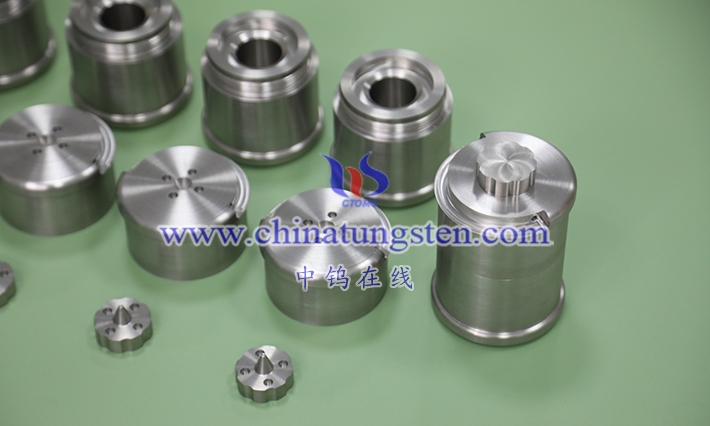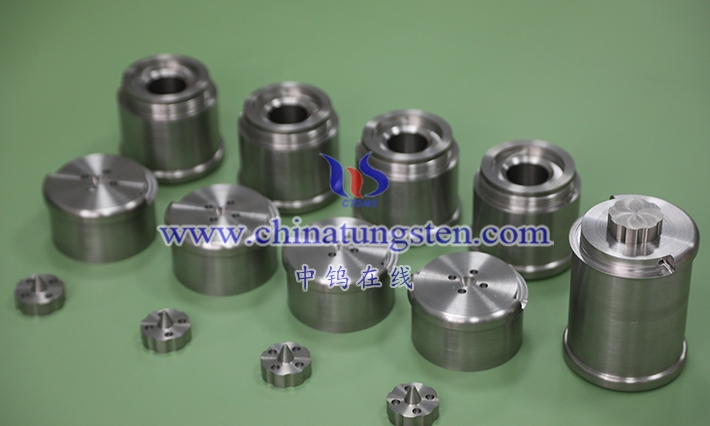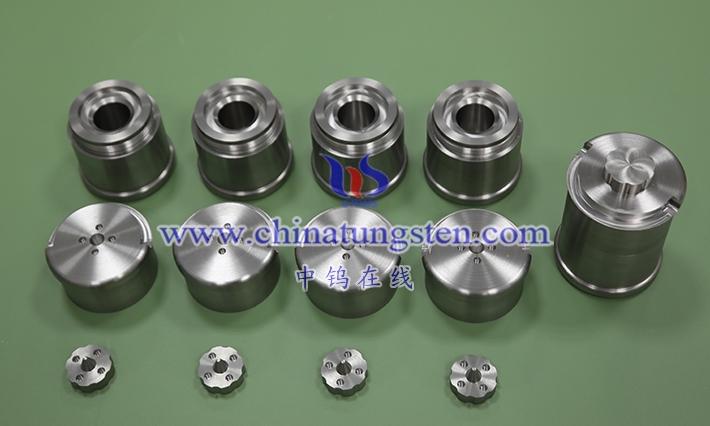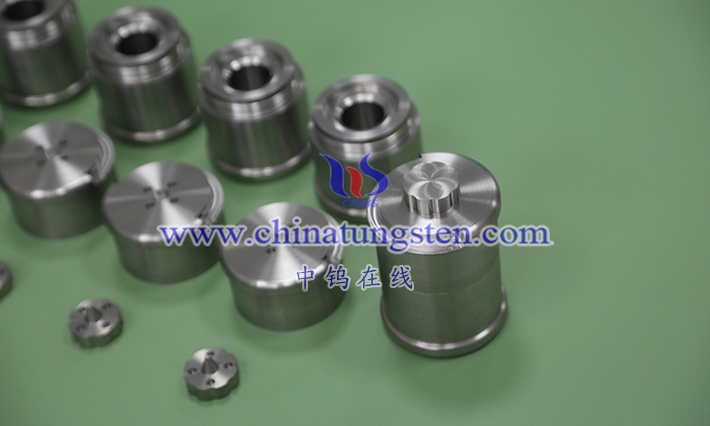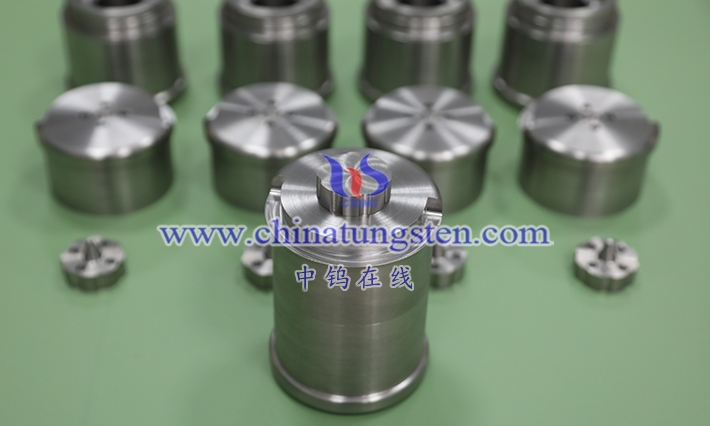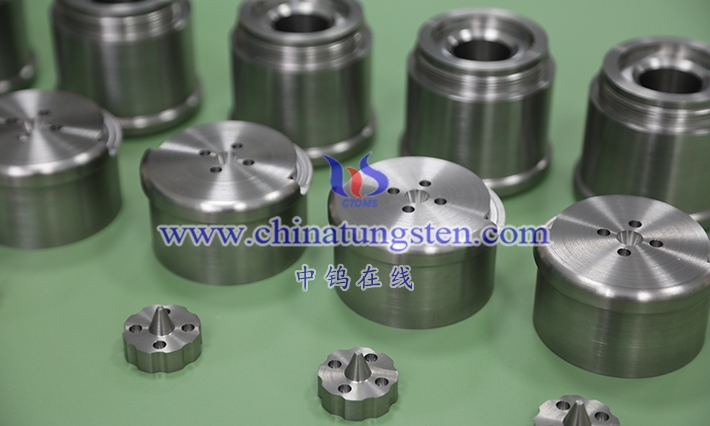Yes, the use of tungsten alloy shielding parts in CT scanners does impact radiation dose, usually by optimizing radiation protection to reduce unnecessary exposure. The specific impacts are as follows:
- Reducing Scatter Radiation CT scanners generate a significant amount of X-ray radiation during scanning, and a portion of this radiation scatters and may irradiate the surrounding areas, increasing unnecessary radiation exposure to patients and operators. Tungsten alloy shielding parts effectively block or absorb this scatter radiation, significantly reducing the intensity of scattered radiation and thereby lowering the dose to personnel and surrounding areas.
- Preventing Radiation Leakage: Tungsten alloy shielding parts can be positioned at critical points of the CT scanner, such as near the radiation source or certain areas of the casing, to prevent radiation from leaking into the environment.
- Protecting Operators: By placing tungsten alloy shielding parts in areas where operators might be exposed, the radiation dose to them can be significantly reduced.
- Optimizing Radiation Dose While tungsten alloy shielding parts are effective at blocking radiation and protecting personnel from unnecessary exposure, the thickness and positioning of these shields need to be carefully managed to ensure that the shielding does not overly affect the image quality of the CT scan.
- Appropriate Shield Thickness: If the tungsten alloy shielding parts are too thick, they may absorb too much X-ray radiation, which could impact the image quality of the CT scan. This might require increasing the X-ray dose to maintain sufficient image quality, potentially negating the shielding’s protective benefits.
- Precise Design: Therefore, the design of tungsten alloy shielding parts must balance radiation protection with maintaining CT scan image quality, ensuring that radiation protection does not interfere with the imaging process.
- Improving Radiation Use Efficiency Tungsten alloy shielding parts reduce scatter and leakage radiation, allowing the CT scanner to operate under more precise conditions. This enables radiation to be more effectively focused on the target area, avoiding waste and making the use of radiation more efficient, which ultimately lowers the overall radiation dose.
- Reducing Patient Radiation Dose Tungsten alloy shielding parts not only protect operators but also reduce the radiation dose to patients, especially when movable shields (such as adjustable tungsten alloy protective screens) are used. These shields can be placed around specific areas of the patient to ensure that radiation is directed only at the scanning area, minimizing exposure to other parts of the body.
- Targeted Protection: In CT scans, tungsten alloy shielding parts can shield unrelated body parts, ensuring that radiation is concentrated on the target area, thereby reducing the patient’s radiation dose during the scan.
Conclusion: The use of tungsten alloy shielding parts in CT scanners effectively reduces radiation dose, particularly by preventing scatter and leakage radiation, protecting both operators and patients. The high density and strong radiation absorption capacity of tungsten make it an ideal material for radiation protection. However, careful consideration is required during design and use to ensure that the thickness and positioning of shielding parts provide effective protection without affecting CT imaging quality and overall radiation dose control.
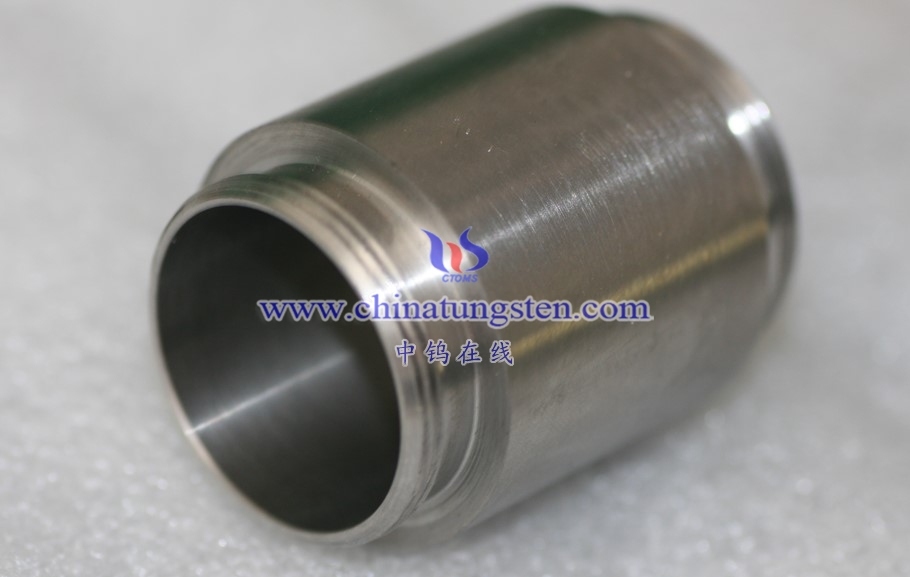
Customized R&D and Production of Tungsten, Molybdenum Products
Chinatungsten Online and CTIA GROUP LTD have been working in the tungsten industry for nearly 30 years, specializing in flexible customization of tungsten and molybdenum products worldwide, which are tungsten and molybdenum design, R&D, production, and overall solution integrators with high visibility and credibility worldwide.
Chinatungsten Online and CTIA GROUP LTD provide products mainly including: tungsten oxide products, such as tungstates such as APT/WO3; tungsten powder and tungsten carbide powder; tungsten metal products such as tungsten wire, tungsten ball, tungsten bar, tungsten electrode, etc.; high-density alloy products, such as dart rods, fishing sinkers, automotive tungsten crankshaft counterweights, mobile phones, clocks and watches, tungsten alloy shielding materials for radioactive medical equipment, etc.; tungsten silver and tungsten copper products for electronic appliances. Cemented carbide products include cutting tools such as cutting, grinding, milling, drilling, planing, wear-resistant parts, nozzles, spheres, anti-skid spikes, molds, structural parts, seals, bearings, high-pressure and high-temperature resistant cavities, top hammers, and other standard and customized high-hardness, high-strength, strong acid and alkali resistant high-performance products. Molybdenum products include molybdenum oxide, molybdenum powder, molybdenum and alloy sintering materials, molybdenum crucibles, molybdenum boats, TZM, TZC, molybdenum wires, molybdenum heating belts, molybdenum spouts, molybdenum copper, molybdenum tungsten alloys, molybdenum sputtering targets, sapphire single crystal furnace components, etc.
For more information about tungsten alloy products, please visit the website: http://www.tungsten-alloy.com/
If you are interested in related products, please contact us:
Email: sales@chinatungsten.com|
Tel: +86 592 5129696 / 86 592 5129595
